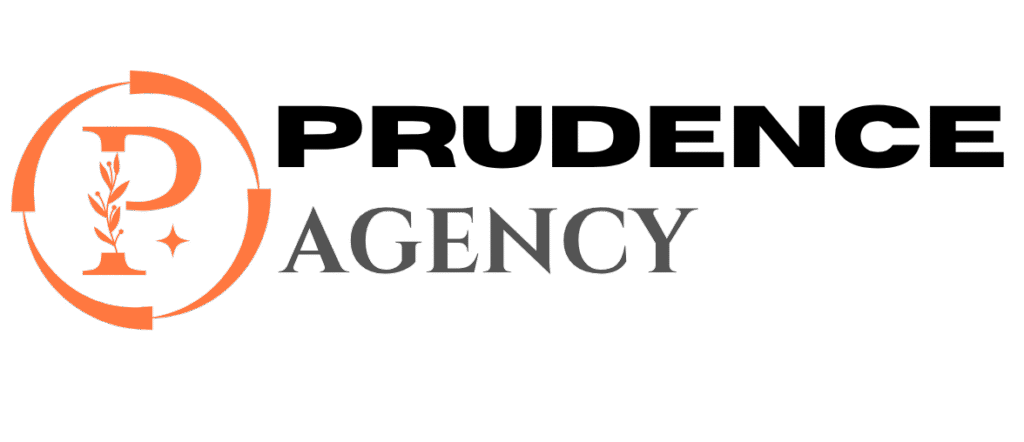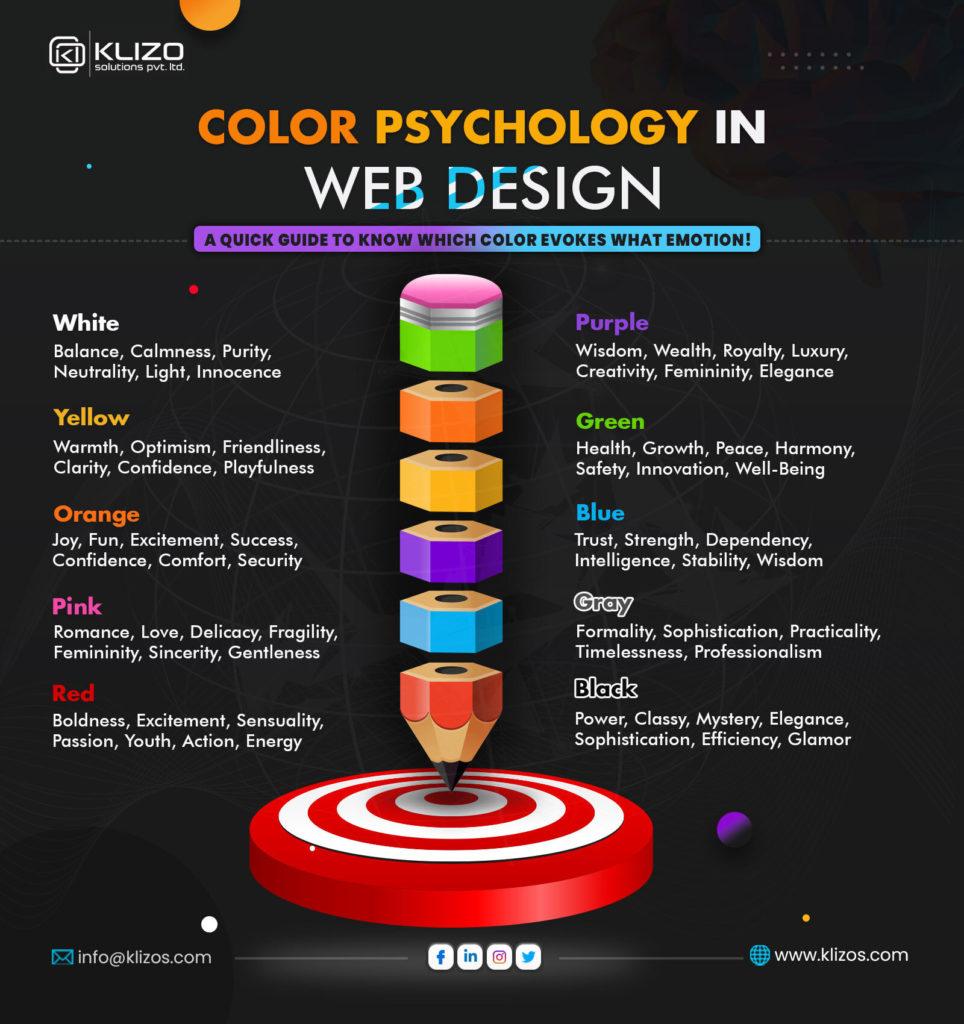The Role of Color Psychology in Web Design
Color is more than just a visual element on a website; it is a powerful tool that influences emotions, behaviors, and perceptions. In the realm of web design, understanding and leveraging color psychology can dramatically enhance user engagement, brand recognition, and conversion rates. Whether you’re a web designer, digital marketer, or business owner, grasping the role of color in web design is essential for crafting compelling online experiences.
What Is Color Psychology?
Color psychology is the study of how colors affect human behavior, mood, and decision-making. Different colors evoke different feelings and reactions, which can be strategically used in web design to guide users through a website, emphasize calls to action (CTAs), and boost overall satisfaction.
Why Color Psychology Matters in Web Design
- First Impressions Count: Color is one of the first things visitors notice. It can create an immediate emotional connection or turn users away.
- Brand Identity: Consistent use of color strengthens brand recognition and trust.
- Usability and Navigation: Colors help users navigate your website by highlighting important areas such as buttons or menus.
- Influences Conversions: The right color choices can encourage users to complete actions like signing up or purchasing a product.
How Different Colors Affect User Behavior
Below is a concise overview of common colors and their psychological effects in the context of web design.
| Color | Psychological Effect | Common Uses in Web Design |
|---|---|---|
| Red | Excitement, urgency, passion | Sales, CTAs, alerts |
| Blue | Trust, calmness, professionalism | Corporate sites, finance, health |
| Green | Growth, harmony, health | Nature, wellness, eco-friendly brands |
| Yellow | Optimism, energy, attention | Promotions, highlights, fun brands |
| Orange | Creativity, enthusiasm, warmth | CTAs, youthful brands |
| Purple | Luxury, wisdom, creativity | Beauty, spirituality, premium products |
| Black | Power, sophistication, elegance | Luxury goods, fashion, tech |
| White | Cleanliness, simplicity, purity | Minimalist design, healthcare, tech |
Benefits of Applying Color Psychology in Web Design
- Improved User Experience: Colors can reduce cognitive load and make sites easier to navigate.
- Higher Conversion Rates: Strategic color use on CTAs and banners can boost click-through and conversion rates.
- Stronger Brand Recall: Memorable color palettes enhance brand identity and keep users coming back.
- Emotional Connection: Colors can evoke moods that align with your brand message and audience expectations.
Practical Tips for Using Color Psychology in Web Design
- Define Your Brand Personality: Choose colors that reflect your brand values and target audience preferences.
- Use Contrast to Highlight Actions: Buttons and links should stand out with contrasting colors to encourage clicks.
- Limit Your Color Palette: Stick to 2-4 main colors to keep design coherent and visually pleasing.
- Consider Cultural Differences: Colors mean different things in different cultures-research your target market’s preferences.
- Test and Analyze: Use A/B testing for color variations on CTAs and key pages to optimize performance.
Case Study: How Color Psychology Improved Conversion Rates
A popular e-commerce website experienced a 21% increase in conversions after changing their CTA button from green to red. The red button created a sense of urgency and improved visibility against the predominantly blue and white website theme. This simple color tweak highlighted the power of color psychology in driving user action.
Key Takeaway:
- Red enhanced urgency and drew attention instantly.
- The contrast with background colors made the CTA button unmissable.
- ROI improved by optimizing visual cues tied to user emotions.
Common Mistakes to Avoid When Using Color Psychology in Web Design
- Overusing Bright Colors: Can overwhelm users and cause visual fatigue.
- Ignoring Accessibility: Failing to consider color blindness or contrast standards can alienate users.
- Using Colors Without Intent: Avoid picking colors just because they look “nice” – they should support goals.
- Neglecting Mobile Experience: Colors can display differently on screens; test across devices.
Summary Table: Recommended Colors for Different Website Goals
| Website Goal | Recommended Colors | Reason |
|---|---|---|
| Corporate & Financial | Blue, Gray | Conveys trust, reliability |
| Health & Wellness | Green, White | Promotes calmness, growth |
| E-commerce (Promotions) | Red, Orange, Yellow | Creates urgency, grabs attention |
| Luxury & Fashion | Black, Purple, Gold | Exudes sophistication, exclusivity |
| Creative & Arts | Purple, Orange, Blue | Stimulates creativity, enthusiasm |
Conclusion: Harnessing the Power of Color Psychology in Web Design
Color psychology is a vital ingredient to crafting effective web design that resonates emotionally with users while guiding them towards desired actions. By understanding the significance of color meanings and how users perceive them, designers can create visually appealing websites that foster trust, improve usability, and drive conversions. For anyone aiming to boost user engagement and brand loyalty, incorporating color psychology thoughtfully is non-negotiable. Start experimenting with color strategies today and watch your website’s performance transform.











